Environmental Science and Engineering
Assessing seawater safety
Elevated bacterial populations in waters near beaches and urban areas could pose a problem for desalination plants.
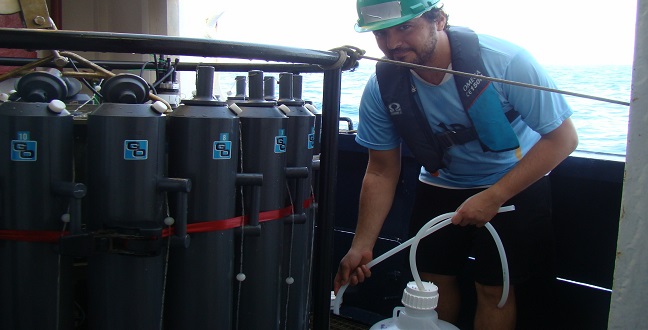

Study co-author Moustapha Harb collects water from the rosette sampler used to assess coastal water quality.
© 2015 KAUST
The seas that flank Saudi Arabia offer a valuable source of household water, but coastal waters also accumulate pollution and waste, and it is critical to assess the quality of the seawater being processed at desalination plants. Pei-Ying Hong and Burton Jones, researchers from KAUST’s Biological and Environmental Science and Engineering Division, have conducted a ‘census’ of bacteria at different sites off the Red Sea coast to determine the conditions in those waters and assist future monitoring efforts1.
Saudi Arabia’s 30 desalination plants supply half of the nation’s fresh water for domestic use, and major cities like Riyadh and Makkah are completely dependent on such facilities. “Desalinated water can account for approximately 90 percent of these cities’ domestic water needs,” says Hong. However, these cities also produce considerable wastewater — much of which ends up being returned to the sea after processing at treatment plants.
Hong and Jones set out to measure how human contamination impacts desalination, and collected water samples from eight sites near sewage treatment plants, city shorelines and recreational beaches.
The researchers used both traditional culture techniques and more modern molecular assays to detect bacterial species typically associated with human waste as well as a variety of pathogens linked to opportunistic infections. Remarkably, the waters near the sewage plant outflow generally contained acceptable levels of both classes of bacteria.
“This suggests that the treatment plants in Jeddah were achieving good removal efficiencies for conventional contaminants in wastewater,” says Hong.
In contrast, several beach samples had elevated levels of fecal enterococcal species, and both the beach and urban samples contained a greater variety of both pathogenic and non-pathogenic microbes.
Hong notes that although most of Saudi Arabia’s desalination plants usually draw in water from fairly far off-shore, some of the plants in the Jeddah area could be at risk.
“Depending on the sea currents and flow direction, these facilities may be impacted by contaminated near-shore waters and would require more robust treatment strategies,” she says. Her group intends to follow up by determining the extent to which the presence of these bacteria actually impedes the production of clean drinking water.
Importantly, several of the molecular tests employed in this study revealed microbial markers that could potentially be used to assess general water quality. To assemble a more detailed picture of the ‘health’ of the Red Sea, Hong will collaborate with KAUST’s Red Sea Research Center to apply these, and other monitoring techniques, to track how microbial communities shift throughout the year.
References
- Ansari, M.I., Harb, M., Jones, B. & Hong, P.-Y. Molecular-based approaches to characterize coastal microbial community and their potential relation to the trophic state of Red Sea. Scientific Reports 5, 9001 (2015). | article
You might also like
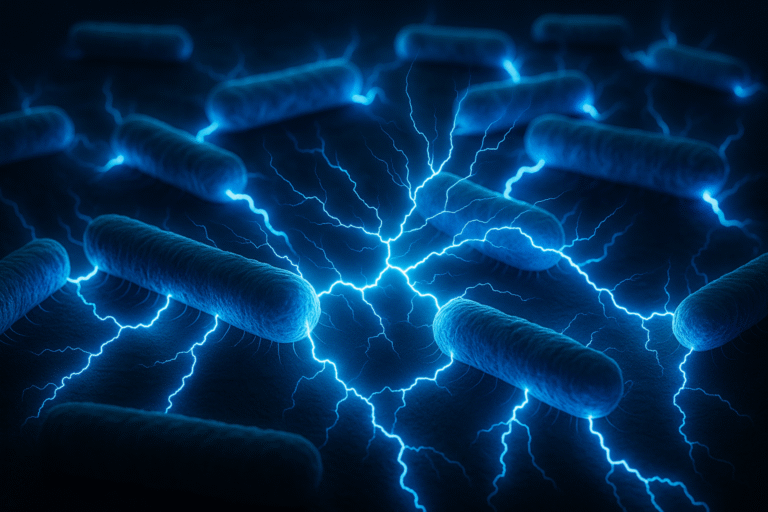
Environmental Science and Engineering
Bacteria reveal hidden powers of electricity transfer
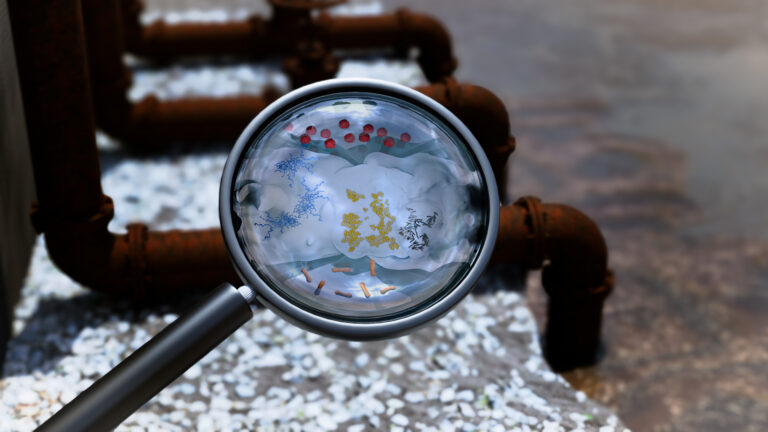
Environmental Science and Engineering
Wastewater surveillance tracks spread of antibiotic resistance

Bioscience
Super fungi survive extreme Mars-like environments

Environmental Science and Engineering
Rethinking food systems to restore degraded lands
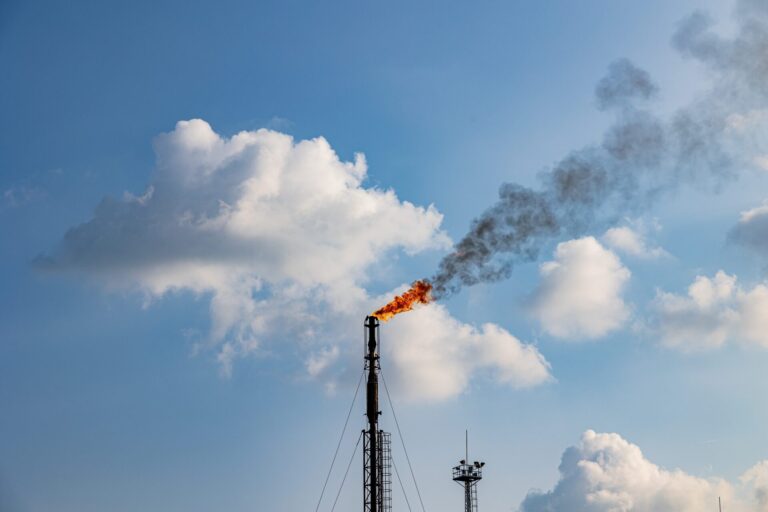
Environmental Science and Engineering
Combat climate change by eliminating easy targets
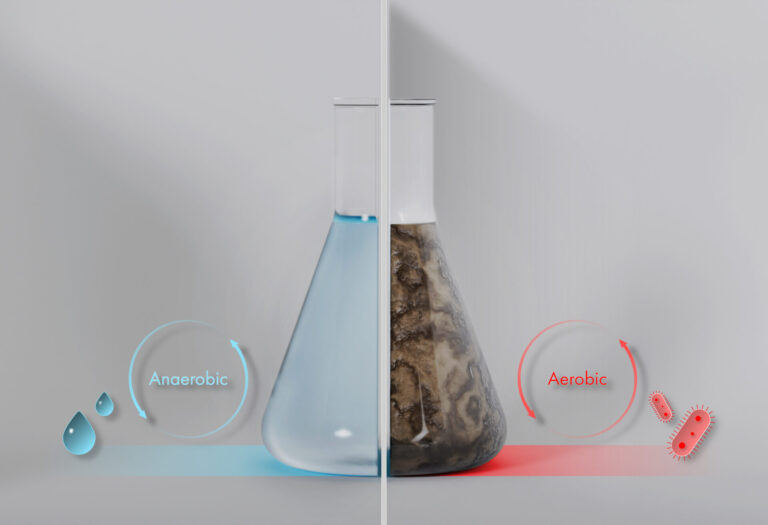
Environmental Science and Engineering
Wastewater treatment to fight the spread of antibiotic resistance

Bioscience
Digging into the world of plant-growth-promoting microbes

Bioscience



